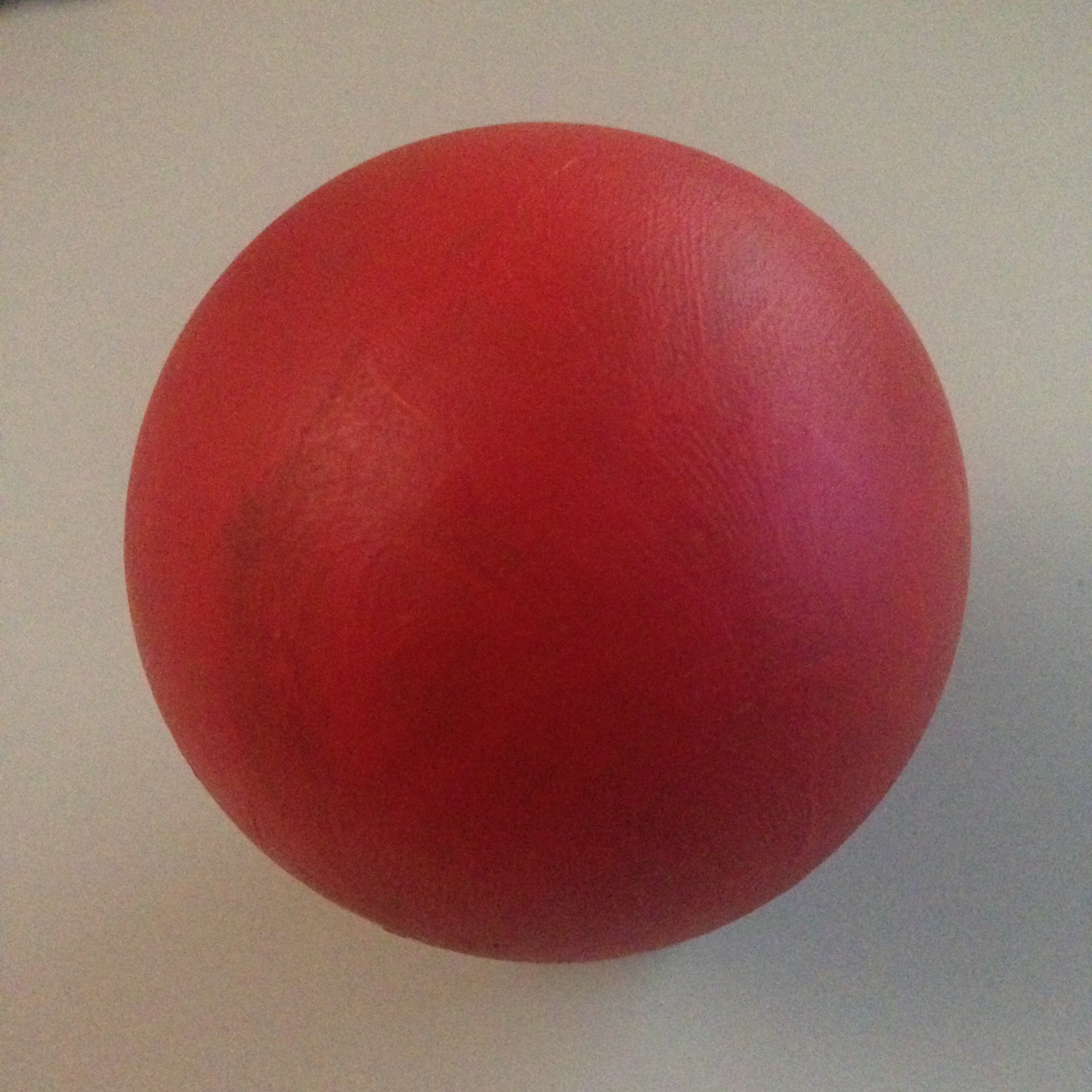Image Time (or Three Days of Photoshop)
Now that I felt confident moving around Squarespace it was time to do the fun stuff. Actually, nope, it wasn't! In my learning, I found out that Squarespace has a preferred image size. (1500 pixels wide btw). This is important because Squarespace can do the work of making your site look good on a computer, a tablet, or a mobile phone. This is one of the reasons you are limited to their templates, I'm guessing.
ALL my jpgs I had worked on for the first attempt were wrong. In an effort to reduce file size, I made them too small. Also, I didn't realize Squarespace resizes images on its own, so I had made useless versions of each (thumbnail, overview, large). For a site heavy on images, Squarespace recommends prepping everything first. Between setting up a new naming system and resizing all the images (or editing them for the first time, in too many cases!), prepping took three to four days. In hindsight, it was one of the best decisions I made.
It's easier in Squarespace to perform one task repeatedly than to do a bunch of steps and repeat. Two examples for clarity:
When adding an image to a gallery, you can immediately define many options for the image. I found it easier to define only the basic options when adding an image. Thus, I ensured I kept the basic info consistent and accurate. I came back later and defined other options en masse, such as setting the click-thru link for each image.
Another area I did this was when setting the images' descriptions. These would not appear on my page, but are beneficial for search engine optimization (SEO). Correct, consistent keywords are better than random words riddled with typos.
I learned the hard way by trying to do too many things off the bat that you either make small mistakes, or you don't think through an option and wind up having to redo your work later.
Butter, the Rest Was Butter
Or gravy. Whichever. Squarespace is "insert and resize" (as easy as drag and drop). It was simple to design the pages because there are consistent info and design on the majority of the pages.
The biggest negative I faced with Squarespace: the cache. It was deadly. Perhaps because I quickly created many pages, and frequently visited them, my cache grew. This killed performance. Clearing it via the browser's tools worked sometimes, but a few times Squarespace zapped the cache from their end. Annoying, but not a dealbreaker.
One of the bigger positives was their Tech Support. Should all support be this nice. Three times I needed their help, three times they delivered, each tech friendly and interested in helping.
The Site is Finished
Well, of course, not. It's a website, so I already have plans to alter it as soon as I post this. But I'm glad it's up, and I look forward to making it active.
Thanks for reading, and if you have any questions, drop them below!

